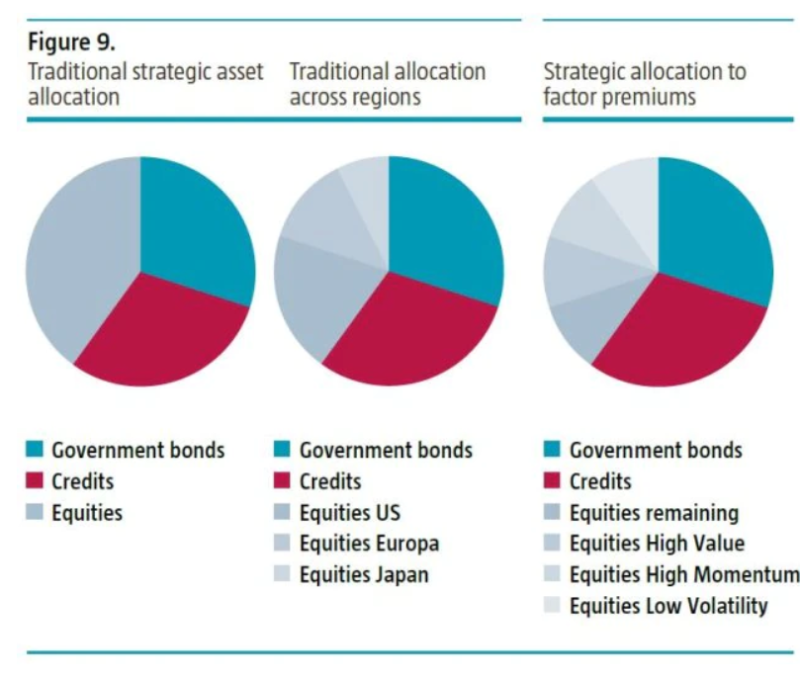Disclaimer
The information contained in the website is solely intended for professional investors. Some funds shown on this website fall outside the scope of the Dutch Act on the Financial Supervision (Wet op het financieel toezicht) and therefore do not (need to) have a license from the Authority for the Financial Markets (AFM).
The funds shown on this website may not be available in your country. Please select your country website (top right corner) to view more information.
Neither information nor any opinion expressed on the website constitutes a solicitation, an offer or a recommendation to buy, sell or dispose of any investment, to engage in any other transaction or to provide any investment advice or service. An investment in a Robeco product should only be made after reading the related legal documents such as management regulations, prospectuses, annual and semi-annual reports, which can be all be obtained free of charge at this website and at the Robeco offices in each country where Robeco has a presence.
By clicking Proceed I confirm that I am a professional investor and that I have read, understood and accept the terms of use for this website.
Quantitative investing
Traditional method vs factor allocation
Traditionally a portfolio is constructed by distribution over asset classes (asset allocation), followed by allocation to subsegments such as regions or sectors. Factor investing applies strategic allocation according to factors.
The example below illustrates this process of moving from traditional strategic asset allocation towards strategic distribution according to factor premiums for equities.

Source: Robeco, Quantitative Research, 2014
A factor portfolio divides the equities class into premiums such as low volatility, value and momentum, irrespective of regions and sectors.















